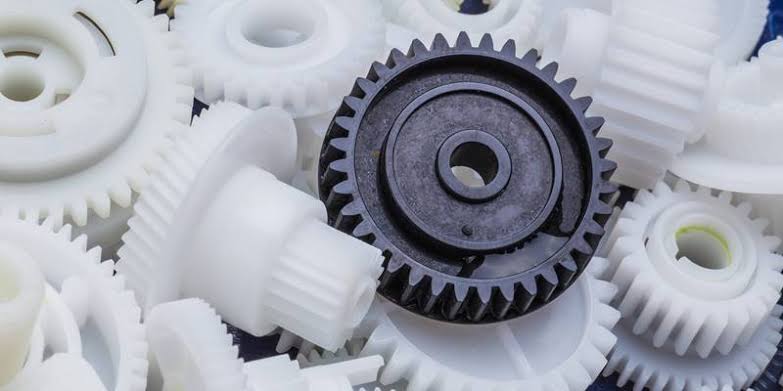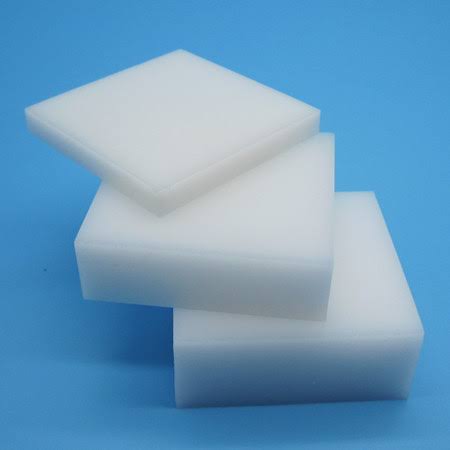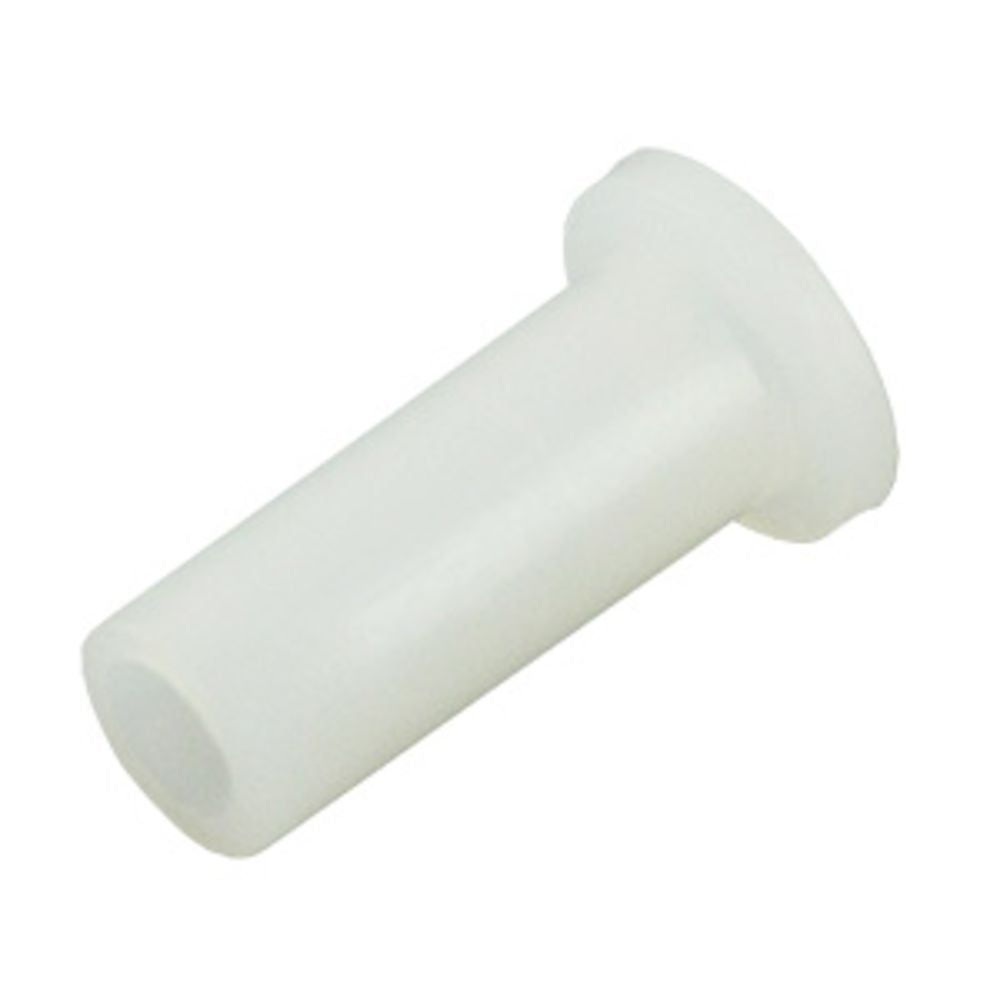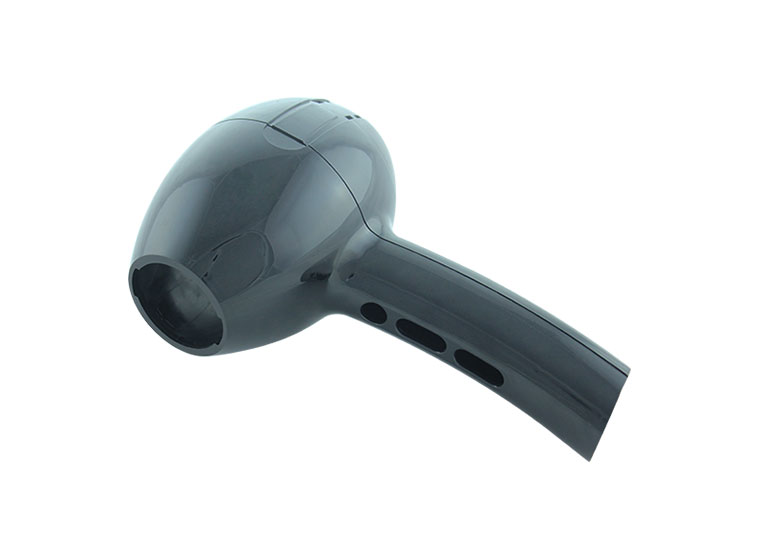Over the years, Delrin vs nylon has been in fierce contention when it comes to all kinds of machining projects, including injection molding. While these two materials have exceptional properties, there are some vital differences between them, which could make one perfect for your needs.
Hence, in this article, we will explore the differences and comparisons between nylon vs Delrin to help you make an informed decision.

Brief Introduction to Engineering Plastics
There are various types of engineering plastics and among them are nylon and delrin. They are explained better below:
What is Engineering Plastics
Engineering plastics are high-performance polymers that are specifically designed with mechanical, moisture, and thermal properties. This makes them suitable for both mild and demanding applications in various industries like automotive, electronics, aerospace, and manufacturing.
They possess superior strength, resistance to chemical and heat, dimensional stability, and durability, which makes them ideal for replacing traditional materials like glass and metal.
Types of Significant Engineering Plastics: Delrin and Nylon
In addition to HDPE and LDPE, Delrin and nylon are two major types of engineering plastics. Delrin is sometimes called by its trade name – acetal polymer (polyoxymethylene). Nylon, on the other hand, is sometimes called by its trade name – Polyamide.
Delrin
This is a very important material that has been a mainstay in many industries since its first use in 1960 because of its outstanding properties. It is composed of high crystals, which makes it opaque and white in color. But manufacturers have commercially produced it in many other different colors.
Delrin polymer is a very reliable material for producing precision parts that require low friction, high structural integrity, and high stiffness.

Some of its notable properties are:
- Lightweight
- Resistance to fatigue
- High tensile strength
- Incredible machinability
- Excellent flexibility
- Resistance to moisture, chemical, and impact
- Great dimensional and low-temperature stability
Nylon
This is a synthetic material that is produced through polymerization by condensation. The monomers used for this process are dicarboxylic acids and diamines.
Judging from all angles, nylon is a very useful and strong material that can be trusted to serve as a shield against heat and chemicals. But its functionality becomes compromised when it absorbs moisture. However, this shortcoming can be avoided by subjecting it to preconditioning treatments.

Some of its notable properties are:
- Lightweight
- High melting temperature point
- High tensile strength and durability
- Resistance to chemicals
- Good machinability
- Low coefficient of friction
- Resistance to wear and tear
Delrin vs Nylon: What Are the Differences
Discussed below is the comparison between acetal vs nylon, in terms of their physical properties, processing and machining, and use cases.
Comparison of Physical Properties
- Mechanical Properties
Delrin has high tensile strength, stiffness, good impact resistance, low friction coefficient, and high dimensional stability. It offers incredible resistance to wear and tear, which makes it ideal for applications that require great precision and durability.
Nylon, on the other hand, has lower stiffness capability compared to Delrin but has better flexibility and elongation capabilities. It offers high strength, toughness, and resistance to impact. Also, it has great fatigue resistance and self-lubricating properties.
- Moisture Absorption
Delrin has a 0.5% moisture absorption rate, making it dimensionally stable and capable of resisting moisture. Even in humid and wet environments, Delrin is guaranteed to retain its properties.
On the other hand, nylon has a 2%-9% moisture absorption rate. This high absorption rate affects its functionality, resulting in dimensional changes, lower stiffness, and increased chances of fatigue and impacts. Therefore, Delrin is better than nylon for applications that involve moisture.
- Thermal Properties
Another notable difference between nylon vs acetal is their thermal properties. In this case, nylon is less efficient.
Delrin offers high resistance to thermal deformation and retains its properties when the temperature level is increased. It has a low coefficient of thermal expansion, which improves its dimensional stability when exposed to increased temperature.
While nylon also exhibits good heat resistance, it may undergo thermal degradation when exposed to higher temperatures. It features a higher coefficient of thermal expansion, resulting in notable dimensional changes when exposed to increased temperature.
Comparison of Processing and Machining
- Ease of Processing and Machining
Generally, Delrin is easier to process. Among its notable properties is incredible machinability, making it simple to mold into any form.
Also, delrin’s low friction and good dimensional stability make it easy to process. It can be fabricated into complex shapes with tight tolerances, making it perfect for components that require great precision.
On the other hand, nylon is more difficult to process and machine. Due to its higher coefficient of thermal expansion and moisture absorption rate, it tends to deform and warp. However, this can be mitigated by using proper techniques and equipment.
- Surface Finish
Delrin offers a smoother surface finish than nylon. Among its properties are inherent hardness and low friction that makes the surface finish more elegant. With minimal touch and polishing, you can achieve your desired surface finish with Delrin.
However, nylon exhibits a rougher surface finish. Since it is less hard and slightly weak in resisting moisture, it results in a less smooth surface. Additional post-processing activities like sanding and polishing are required to get a perfect surface finish.
Comparisons in Use Cases
- Applications of Engineering Plastics
Delrin, because of its stiffness, dimensional stability, and mechanical properties, it’s suitable for making precision components.
Nylon, because of its resistance to impact and flexibility, it is suitable for components that require self-lubricating and good wear resistance.
- Components for Automotive Industry
For automotive parts manufacturing, Delrin is used for making parts that require great precision like engine mounts, interior trim parts, fuel systems, and seat belt components.
Nylon, on the other hand, is used to make parts that are resistant to chemicals, oil, and heat, like engine covers and intake manifolds.
- Insulators and Housings in Electronic Applications
Delrin’s low friction characteristic makes it suitable for making electronic components like switches, connectors, and insulators.
While nylon’s toughness and flexibility make it suitable for making electronic housings and enclosures. It is used to make protective components.
- Aircraft Interior Components
Delrin’s high strength and low friction makes it usable for fabricating various interior components like seat, cabin fittings, and tray tables, as well as moving parts.
On the other hand, nylon’s impact resistance and lightweight make it usable for some other aircraft interior components like fasteners and cable ties.
Get Injection Molded Nylatron and Delrin Products from FOW Mould
Are you looking for a professional manufacturer who understands the differences between nylatron vs Delrin? FOW Mould is your go-to manufacturer. We are a reliable company with over 40 years of experience to meet your needs.

High-Quality Materials
Quality is the foundation of FOW Mould, hence we only make use of high-grade materials and employ industry-approved methods for manufacturing. Our materials are sourced from the best suppliers around the world and are assessed strictly through our certified quality management system to ensure they are the right fit.
One-Stop Injection Molding Services
With a wide range of experience across numerous industries, we serve as a one-stop solution provider. You can rest assured that all your needs will be satisfied. Our various capabilities include product design, mold design, 3D printing, CNC machining, mold making, injection molding, insert molding, and over-molding.
Conclusion
Having examined the differences between Delrin vs nylon, you will understand their various strengths and weaknesses. With this, you will be able to decide the best option for your project.
However, despite the comparison made between nylon vs delrin above, it may be difficult to select one of them. In that case, you can contact us at FOW Mould for assistance. Thanks to the expertise and technical know-how of our engineers, we will make the best decision for your project.
